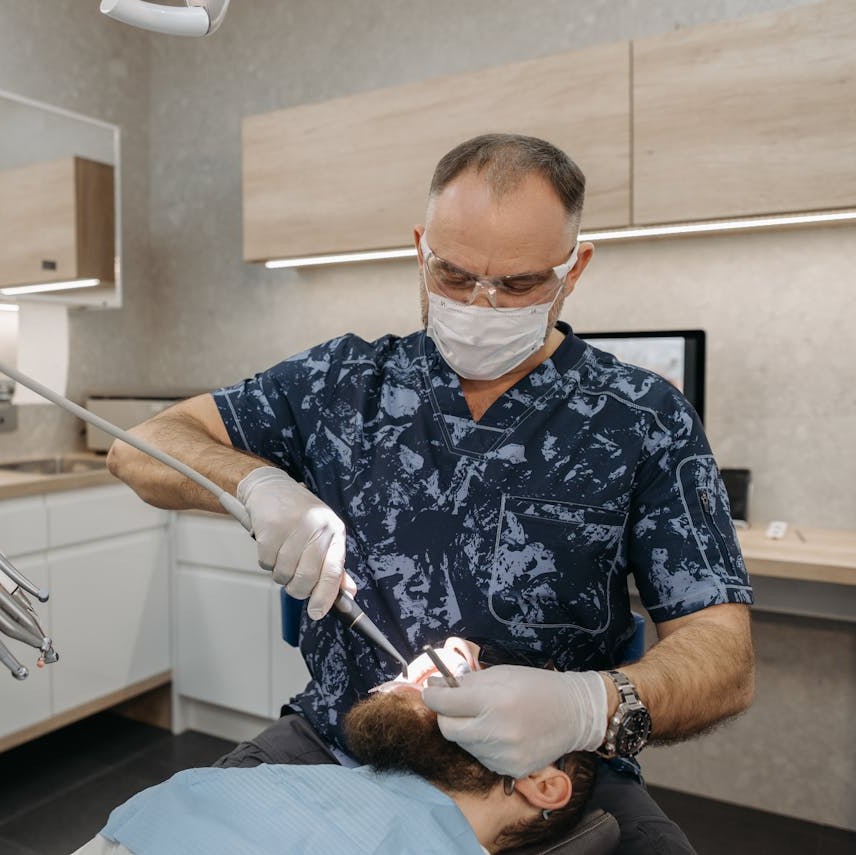Key Takeaways:
-
Understanding the costs, coverage options, and provider networks of FEDVIP plans ensures you get the best dental and vision benefits during Open Season.
-
Comparing multiple plan details helps you avoid costly mistakes and choose coverage that fits your needs for the upcoming year.
Why Open Season Matters for Your FEDVIP Selection
- Also Read: How FEDVIP Plans Could Be Your Solution to Affordable Vision and Dental Coverage
- Also Read: How Divorce Can Transform Federal Benefits—and What Employees Need to Do About It
- Also Read: Federal Law Enforcement Officers, Here’s What You Need to Know About Your Retirement Options
Picking a plan without thoroughly reviewing the details can leave you stuck with high out-of-pocket costs or inadequate benefits for an entire year. That’s why it’s crucial to watch for three key things when selecting a FEDVIP plan: costs, coverage options, and provider networks.
1. Cost Factors: Premiums, Deductibles, and Out-of-Pocket Expenses
Breaking Down Your Monthly and Annual Costs
Understanding your total costs for the year—not just the monthly premium—is essential when choosing a FEDVIP plan. Your total expenses include:
-
Premiums – The amount deducted from your paycheck or pension every month.
-
Deductibles – The amount you must pay before coverage kicks in.
-
Copayments and Coinsurance – Your share of costs for services after meeting the deductible.
-
Annual Maximums – The most your plan will pay for dental or vision services each year.
Balancing Premiums with Expected Healthcare Needs
If you expect frequent dental procedures or vision care, a lower-premium plan might not be the best choice if it comes with high out-of-pocket costs. Instead, consider plans that provide better cost-sharing benefits even if they have a slightly higher premium.
FEDVIP plans do not use the same out-of-pocket limits as health insurance, so you must pay attention to individual plan details. Some plans offer no deductibles but may have higher copays for services. Others might offer full coverage for preventive care but require you to pay more for advanced treatments.
2. Coverage Differences: What’s Included and What’s Not
Dental Plan Variations: From Basic to Extensive Coverage
Not all dental plans under FEDVIP offer the same level of coverage. Some provide only basic preventive care, like cleanings and X-rays, while others cover major procedures, such as crowns, root canals, and implants. If you anticipate needing restorative dental work, choose a plan that covers a higher percentage of these services.
Other factors to look for in a dental plan include:
-
Orthodontic coverage – Important if you or a dependent need braces.
-
Waiting periods – Some plans require a waiting period before covering major procedures.
-
Annual limits – Once your plan’s maximum benefit is reached, you’re responsible for the remaining costs for the year.
Vision Plans: Examining Key Benefits
Vision plans can vary significantly in the benefits they offer. While most cover annual eye exams and prescription glasses or contacts, the differences lie in:
-
Frame and lens allowances – Some plans provide higher reimbursements for frames and premium lenses.
-
Contact lens benefits – Plans may cover contacts instead of glasses or provide allowances for both.
-
Specialty lenses and coatings – Anti-glare, blue-light filtering, and progressive lenses may have different coverage levels.
FEDVIP vision plans do not cover medical eye conditions, such as cataracts or glaucoma. For medical eye care, your primary FEHB or Medicare coverage will apply instead.
3. Provider Networks: Checking Who’s In and Who’s Out
Understanding In-Network vs. Out-of-Network Providers
FEDVIP plans have provider networks that impact your coverage and costs. Using in-network providers means lower out-of-pocket expenses, while out-of-network care may come with higher costs or limited reimbursement.
How to Verify Your Preferred Providers
Before selecting a plan, confirm whether your preferred dentists and eye doctors participate in its network. FEDVIP networks can change yearly, so even if your provider was covered last year, they may not be in-network for the upcoming plan year. Most providers list their network participation online, but checking directly with the insurance carrier is always best.
Geographic Availability: Coverage for Those Who Move or Travel
If you live in a rural area or frequently travel, consider how well a plan covers services in multiple locations. Some FEDVIP plans have stronger national networks, while others primarily serve urban regions.
Making an Informed Choice for the Year Ahead
FEDVIP Open Season is your opportunity to assess and update your coverage to match your health needs and financial situation. Carefully reviewing costs, coverage details, and provider networks ensures you select a plan that maximizes benefits while minimizing unexpected expenses. Remember, once Open Season ends, your choices are locked in until the next year—unless you qualify for a special enrollment period due to a major life event.
If you’re unsure about your options or need guidance, get in touch with a licensed agent listed on this website. They can help you compare plans, understand costs, and ensure you’re making the best choice for your dental and vision care in 2025.








